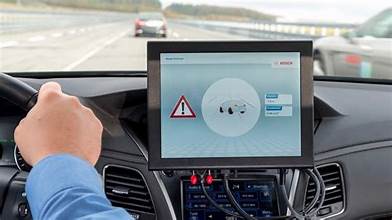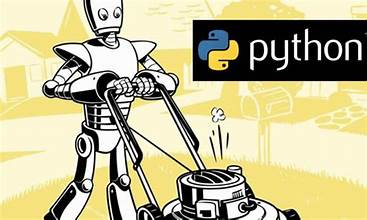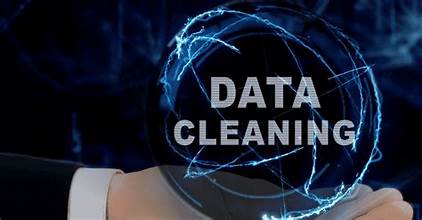
Course content
- Introduction
- Audience Mind-Reading
- Copywriting Fundamentals
- Halfway Announcement
- Copywriting Building Blocks
- Copy & Paste Copywriting Formulas
- A1 Copywriting Automation
- Last Step!




Introduction
Overview of Data Cleaning
Case Study: When Big Data Is Dirty
Developing A Thorough Data Cleaning Strategy
Common Data Cleaning Tools
Achieving High Data Integrity
Automating the Data Cleaning Process
Monitoring Your Data Cleaning System
Summary and Conclusion

14 hours (usually 2 days including breaks)
The participants must have programming experience (any language) and engineering background, but are not required to write any code during the course.
This course covers AI (emphasizing Machine Learning and Deep Learning) in Automotive Industry. It helps to determine which technology can be (potentially) used in multiple situation in a car: from simple automation, image recognition to autonomous decision making.

Birthday messenger using Instagram
Tired of forgetting people’s birthdays, tired of wishing people? This course teaches you how to create an automatic birthday messenger. It basically wishes your friend on their birthday using Instagram messager.
The structure of this course teaches you how to simulate web clicks using python. First, it teaches you how to open any url using python, then it shows how to simulate a login on Instagram, then sending messages on Instagram, and lastly teaching you how to read an Excel sheet using python. This course acts just as a guide and there are so many more things that you can do. For example, sending pictures/ videos using Instagram. Creating custom birthday messages, feel free to add your own features to this project. And if you like an extra challenge try creating one for other platforms for example Facebook or Linkedin!
Libraries that I would be using in this course are Selenium ( for simulating web clicks), pandas ( to read an Excel sheet that basically acts as a database. You are also welcome to try different ways of storing your data for example using SQL. By the end of this course you would be able to gain a basic understanding of the Selenium library and pursue your own projects that simulate web clicks using Selenium.
And please give me a rating as well, I would really appreciate it!
1 section • 8 lectures • 40m total length


Write Selenium WebDriver test automation code with Python scripting language, with examples and exercises
In this short crash course you will learn how to write Selenium WebDriver code using the Python programing language. You will learn the core functionalities of Selenium WebDriver and how to apply them to writing automated web browser tests.
Anyone looking to become QA Engineer or QA Automation engineer will benefit greatly from this course. If you are a manual tester and looking to transition to automation, or you are brand new to the field of software testing, you will find this course very beneficial.
Python is one of the most popular languages to write automated web tests, and Selenium WebDriver is the most popular tool for that.
Just like most programing languages writing Selenium scripts and automated tests is a matter of practice. This course will give you plenty of great ideas on how you can continue to practice even after completing the course.
You will setup everything you need to write tests on your machine whether it is a Windows or Mac machine.
You will practice writing tests on a real e-commerce site that you have created for you or you can create your own practice site using WordPress and WooCommerce following my instructions.
At the end of the course you will know what Selenium code looks like, how to write it, how to use it, and what you need to do to practice.
In addition best practices, tips, tricks are mentioned throughout the course.
2 sections • 14 lectures • 1h 55m total length
